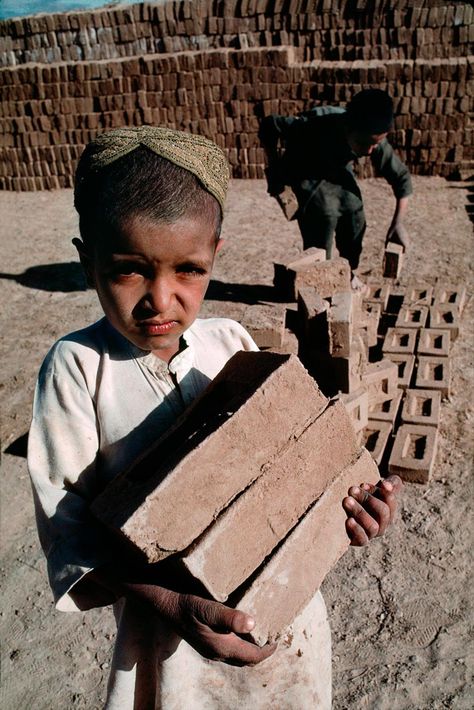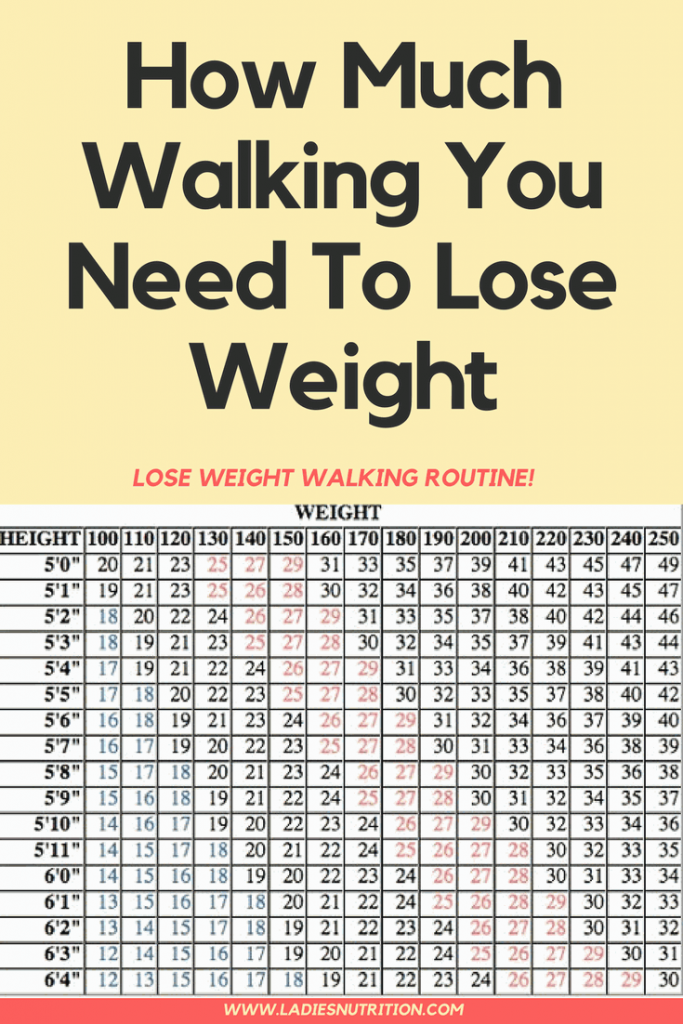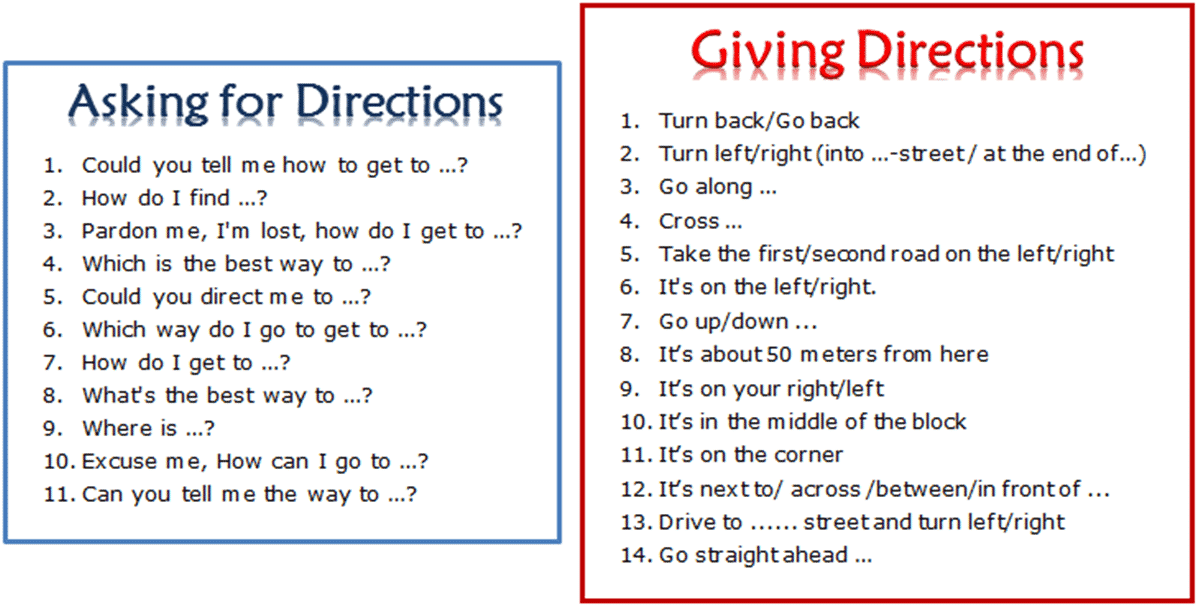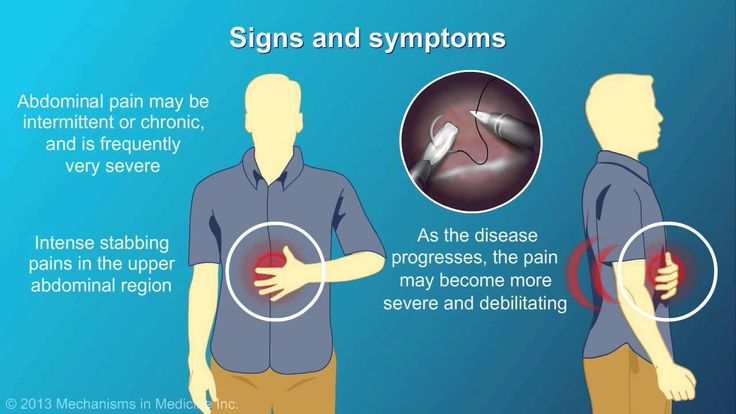Typical age for walking
14-Month-Old Not Walking: Should You Worry?
Overview
Your baby will hit many developmental milestones during the first year of life. These include learning how to hold their bottle, rolling over, crawling, sitting up, and eventually walking without assistance.
If you’ve read books on child development, or if you have other children, you may expect your baby to take their first steps somewhere between 10 and 12 months. So if your baby doesn’t begin walking by 14 months, you may worry.
It’s important to remember that babies develop and reach milestones at different ages. The fact that your baby isn’t walking by 14 months doesn’t always indicate a problem.
Should you worry if your baby isn’t walking?
If your baby isn’t walking by 14 months, your concerns are understandable. You want your child to reach milestones, and you don’t want your baby to lag behind other children of similar age. But a baby being unable to walk at 14 months isn’t usually indicative of a problem. While some babies begin walking before 12 months, others don’t walk until 16 or 17 months.
To determine whether your baby’s inability to walk is a cause for concern, consider the big picture. For example, although your baby is unable to walk at 14 months, you may notice that your baby is able to perform other motor skills with no problem, like standing alone, pulling up on furniture, and bouncing up and down.
These are signs that your baby’s motor skills are developing. Therefore, you may witness their first steps soon. Continue to monitor your baby’s progress. If your baby doesn’t walk by the age of 18 months, talk with your doctor.
You should also talk to your doctor if you feel your baby’s motor skills aren’t developing properly. This might be the case if your 14-month-old is unable to stand, pull up, or bounce.
It’s also important to realize that some babies born prematurely begin walking later than children of the same age. If your baby was premature, don’t immediately panic over their inability to walk. Use your child’s adjusted age when tracking developmental milestones. The adjusted age is based on your baby’s original due date.
Use your child’s adjusted age when tracking developmental milestones. The adjusted age is based on your baby’s original due date.
If you have a 14-month-old, but you gave birth three months early, your baby’s adjusted age is 11 months. In this case, it may take your baby an additional two to three months to learn how to balance and walk, which is normal. Don’t worry. In all likelihood, your baby will catch up.
How do babies learn to walk?
Babies learn to walk gradually as they become bigger and their leg muscles become stronger. Because of weak muscles, a newborn’s legs can’t support their weight. Typically, babies begin scooting or crawling around the age of 7 months. Around this age they also begin to bounce up and down while being held in a standing position. This action helps strengthen your baby’s leg muscles in preparation for taking their first steps.
Around the age of 8 to 9 months, your baby may begin pulling up on objects, like chairs and tables. Some babies even lift their feet up and down while holding onto an object, as if they’re about to walk.
Some babies even lift their feet up and down while holding onto an object, as if they’re about to walk.
Walking involves balance and confidence. Not only does your baby learn how to stand up alone, there’s also the challenge of learning how to coordinate steps without falling. This takes time.
Since babies develop strength in her legs at different ages, it’s normal for some babies to walk sooner than others. Some babies take their first steps as early as 9 or 10 months.
How to help your baby walk
Some babies that don’t begin walking by 14 months simply need more practice. To help babies take their first steps, parents and caregivers can get on the floor and hold their hands while they’re in a standing position. Slowly guide the baby across the floor. This exercise teaches babies how to lift their legs and move across the room. It also helps babies develop stronger leg muscles and improves their balance.
As a parent, you may have a natural urge to hold or carry your baby while at home.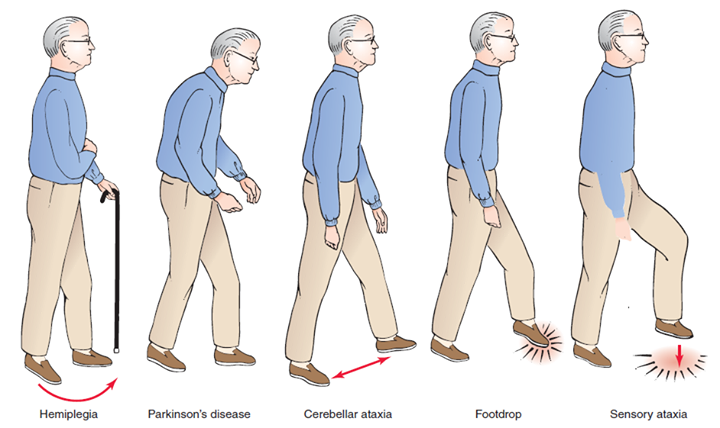 But the more floor time your baby receives, the more opportunity your baby has to become mobile and walk independently. Allow your baby to scoot, crawl, and pull up as often as possible.
But the more floor time your baby receives, the more opportunity your baby has to become mobile and walk independently. Allow your baby to scoot, crawl, and pull up as often as possible.
Baby walkers are often used as a teaching tool for babies learning to walk. But these are not a safe choice. Surprisingly, baby walkers can delay walking in babies. Some babies have also been injured as a result of walkers. You may consider using a push toy, but you should always supervise your baby with these to make sure they don’t tip over.
Some parents also think putting shoes on their baby’s feet can help them walk faster. The truth is, shoes often make it harder for babies to take their first steps. Shoes are recommended for outdoor walking, but many babies learn to walk faster when barefoot inside the home.
As you help your baby learn to walk, make sure you create a safe environment inside the home. This includes removing rugs that may trip your baby and cause injury. You can also install safety gates near staircases, and remove tables or shelves with sharp edges.
When to see a doctor
Although you shouldn’t panic if your baby is a delayed walker, there’s no harm in speaking with your doctor if your baby isn’t walking by 1 1/2, or earlier if you suspect a problem. Sometimes, delayed walking is caused by a foot or leg problem such as developmental hip dysplasia, rickets (softening or weakening of bones), or conditions that affect muscle tone like cerebral palsy and muscular dystrophy. Check with your doctor if your baby seems to limp or if the legs appear weak or uneven.
Remember that no two children are alike, so don’t compare your baby’s progress with other children, or become overly anxious if your baby doesn’t walk by 14 months. When it comes to walking, some children are slow learners — but they don’t stay too far behind.
When Do Babies Start Walking? – Cleveland Clinic
Don’t let the one-tooth grin, chubby arms and baby talk fool you. Inside the cutest package ever burns a fierce determination to do the impossible: walk.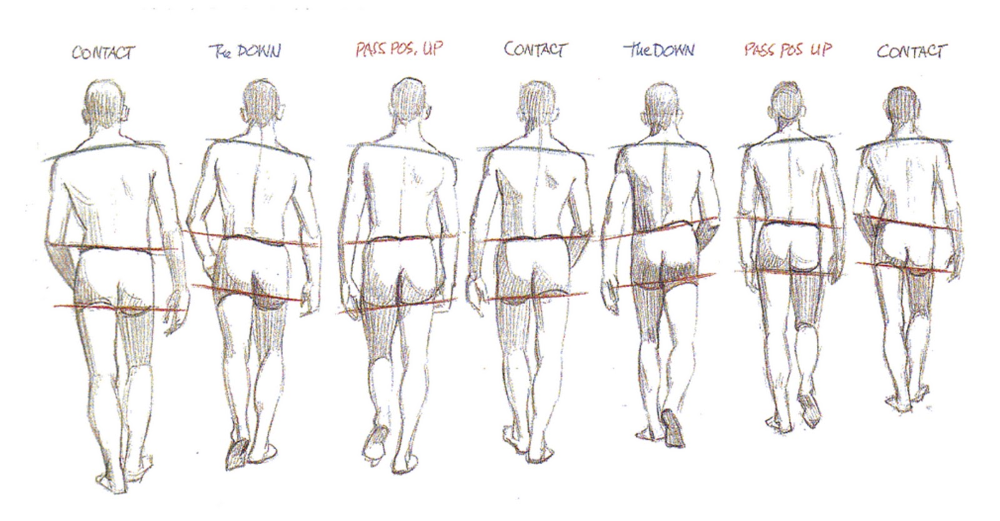
But when should your baby start walking, and what are the signs it’s going to happen soon? Pediatrician Michele Marshall, MD, has your baby-walking bible.
When babies start walking
While the average age for babies to start walking is about 12 months, some take their first steps even earlier or much later. “Babies can start walking as early as 9 months,” Dr. Marshall says. “It’s also normal for babies to take more time and start walking at 17 or 18 months.”
Once they get going, they may not master this new skill right away. “Expect that wide-based gait for a while,” Dr. Marshall says. “It takes a bit of time to get their balance. Your child might not be up and running until around 15 to 18 months old.”
Signs your baby will walk soon
How do you know your baby is getting close to life on the go? At around 9 to 12 months, watch for these signs your baby will walk soon:
- Pulling to a stand.
- “Cruising,” or holding onto something while walking.

- Standing without support.
While some babies crawl, too, it’s not necessarily a prerequisite to walking. “Some babies only commando crawl (pulling themselves along on their stomach). Others crawl on their hands and knees or skip crawling altogether,” Dr. Marshall notes. “What’s most important is the ability to independently pull themselves up to a complete stand. That’s the big milestone that occurs just before babies start independently walking.”
Advertising Policy
How to encourage walking in babies (safely)
If your little one just can’t seem to get over the hump, Dr. Marshall recommends a few ways to encourage your baby to walk:
- Lend a hand: Once your baby can pull to a stand, hold their hands to help them take steps.
- Use props: “Push toys can be helpful. They’ve got four points on the floor, so they’re very steady, and your child can use them for support as they pull up and move along,” Dr. Marshall says.
 Common household items can do the trick, too. Flip over a laundry basket, which is typically babies’ height and will steadily scooch along with them as they stand or push it.
Common household items can do the trick, too. Flip over a laundry basket, which is typically babies’ height and will steadily scooch along with them as they stand or push it. - Avoid baby walkers: Baby walkers are devices with wheels that you sit your child in to propel themselves around. “They can be dangerous around open doors and stairs and can also get stuck in places,” Dr. Marshall warns.
She also cautions against leaving your child unattended as they practice their new skill. “If you need to step away for a minute, put your baby in a play area that they can’t escape from or in their crib or portable playard. Babies always find something to get into, so the best thing to do is get down on all fours and look around to see any dangers you need to block off.”
When should your baby start wearing shoes?
While tiny shoes can melt even the hardest of hearts, they’re not necessary for a child to learn to walk properly.
“We need shoes when we’re protecting our feet or going outside,” Dr.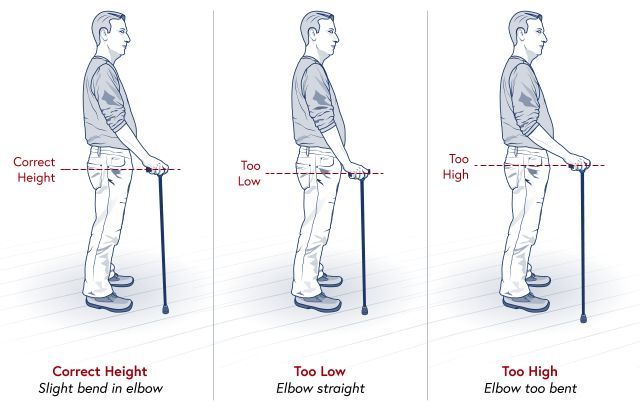 Marshall says, “but within the home, bare feet or socks with rubber grips on the bottom are just fine.”
Marshall says, “but within the home, bare feet or socks with rubber grips on the bottom are just fine.”
In fact, being barefoot may help your child feel the floor better, which could actually help them move along.
Advertising Policy
When to talk to your doctor about your baby’s walking
Keep in mind that what’s healthy and normal for one child may not be for another. Every child grows and develops at their own pace.
Talk to your pediatrician, though, if your child achieves all the milestones leading up to walking but isn’t walking independently by 18 months old. Those milestones include:
- Rolling over in both directions (between 4 to 6 months).
- Sitting without support (typically 6 to 7 months).
- Pulling to a stand.
- Cruising.
“If they’re achieving all of those, be patient because they may just need more time,” Dr. Marshall says. “But if you have any concerns about when your baby should be walking or meeting other physical milestones, we’re here to help. ”
”
When a child starts walking and how to help him
October 12, 2019 Likbez Tips
One and a half - it's not too late. Have patience.
When the child should go
Pediatricians agree on some points. The average child takes their first step at 12 months. The key word here is average. And your unique one has every right (approved by pediatricians and physiologists) to go to a different age.
The scope of the norm in this case varies very widely - from 8 months to one and a half years.
Many parents are proud that their children start walking earlier than most. It seems to them that this speaks of the development of the child. But this is just a far-fetched excuse to amuse their parental vanity.
The age at which the child will go is related to his development, physical or intellectual abilities in exactly the same way as the shape of the nose or the color of the hair. In plain text, no way. Someone is red, someone has gray eyes, and someone went on their own at 8 months.
Someone is red, someone has gray eyes, and someone went on their own at 8 months.
However, there are still certain situations when a delay in starting to walk should alert.
When to start worrying
First, a healthy baby must somehow take the first independent step before 20 months. By this age, the children have grown strong enough that it was given to them without much effort. If the child refuses to walk or does it only with support, it is necessary to contact the pediatrician. You may need additional examinations from other specialized specialists - an orthopedist or a neuropathologist.
Secondly, the big picture is important. It's one thing if the child does not walk, but his motor functions are obviously developing: he confidently rolls over, sits down, reaches for toys, crawls, tries to rise against the wall of the crib or climb onto the sofa, jumps enthusiastically when you hold him by the hands. And it’s quite another if his physical activity seems insufficient to you. This is also a serious reason to additionally consult a doctor.
This is also a serious reason to additionally consult a doctor.
If none of these situations apply to you and your children, relax. The child will definitely start walking as soon as he is ready for it.
What determines when a child goes
By and large, this is a lottery. No pediatrician will undertake to predict the exact dates, even observing a specific baby from birth and knowing everything about the family history. However, there are some regularities that allow us to make assumptions.
Here are the main factors that can affect (but not necessarily) the age at which a child takes his first independent steps.
Genetics
If a father or mother started walking at an early age, children will probably inherit this feature. The reverse is also true. If, for example, a father preferred to crawl for up to a year and a half, his son may choose the same tactic.
Weight and body type
Plumper and heavier children find it harder to get on their feet and balance than their leaner and more muscular buddies.
Some personality traits
Getting to your feet and taking the first step without support is quite a risky undertaking. Some children act on the principle of "head into the pool": they simply remove their hands from the wall or sofa and step into the unknown. Of course, they fall, sometimes it hurts, but they try again. Perhaps this propensity for risky behavior is a part of their character that will stay with them forever.
Other infants, on the other hand, behave in a more measured way - they walk only when they are sure that they can cope with this task. Caution and the ability to calculate their own strengths can also be innate features of their personality.
Duration of pregnancy
Children who were born prematurely, as a rule, begin to walk a little later than their peers.
How to help your child take the first step and begin to walk confidently
It is impossible to force children to go to a certain date. Walking, for all its seeming simplicity, is a very complex and energy-intensive process: what does it take to maintain balance on one leg at the moment when the other takes a step.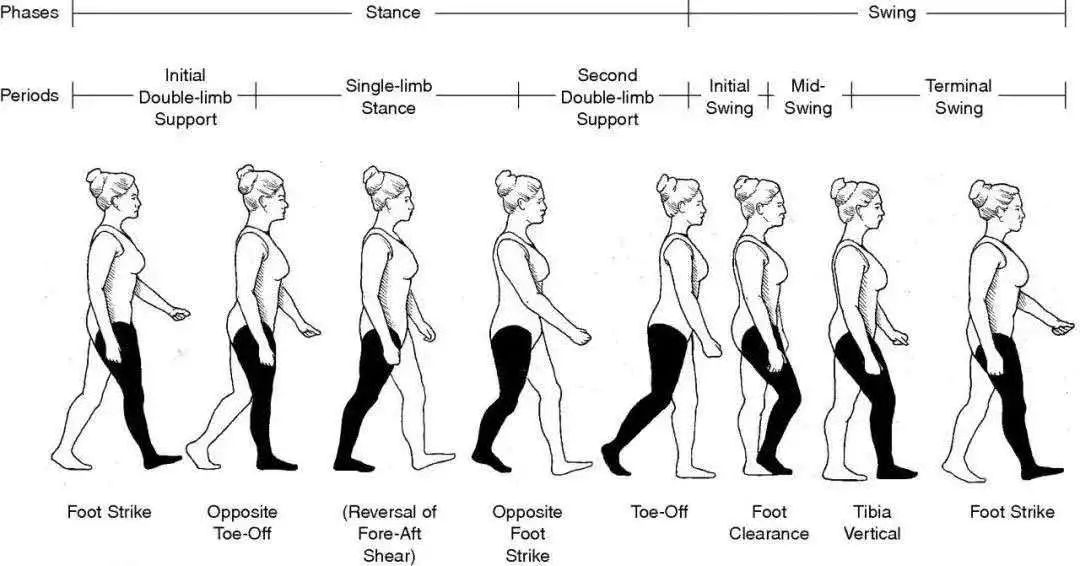 The body of the child must mature for this stage. But you can help. True, you will have to start long before the first step.
The body of the child must mature for this stage. But you can help. True, you will have to start long before the first step.
What to do at 2 months
Around this age, babies first try to roll over. Encourage this movement. Lay out your child more often in a soft, safe space filled with bright toys - so that you want to look at them and, possibly, get them.
Encourage children to spend more time on their stomachs. Trying to raise your head and look at the world around you strengthens the muscles of your back and neck, which play an important role in maintaining balance while walking.
What to do at 4-6 months
The period when the child learns to sit up and possibly crawl. Provide a place to explore the world: let the children spend more time not in a crib or playpen, but on the floor - spread out some blankets and lay out toys. Trying to reach objects is a great workout for small muscles.
What to do at 6-8 months
The child is already sitting confidently, or even crawling.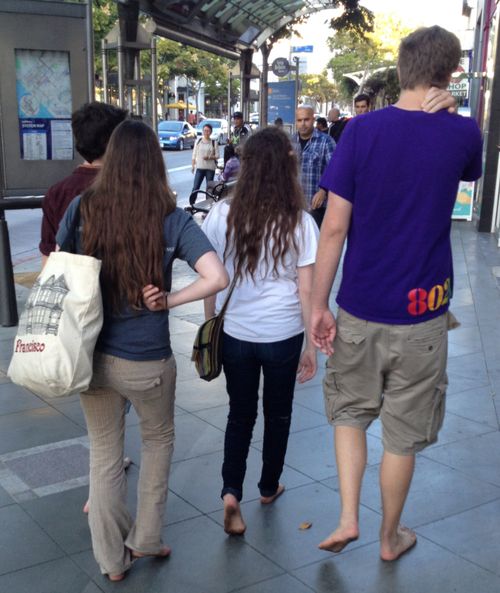 Give him tasks for dynamics: for example, roll a bright ball on the floor so that you want to catch it. Such a ball hunt trains the vestibular apparatus and coordination.
Give him tasks for dynamics: for example, roll a bright ball on the floor so that you want to catch it. Such a ball hunt trains the vestibular apparatus and coordination.
Another exercise that has the same purpose is as follows: bring the child up with their back to you and gently rock them.
What to do around 8 months old
As babies become stronger and more curious, they tend to break away from their usual gender. For example, get a toy lurking on the couch. Or try to climb on mom (dad), holding on to trousers or a bathrobe with your hands.
Encourage these movements. Put your favorite bear cubs out in a conspicuous place. Or, when the child is sitting, invitingly stretch your hands towards him from the height of your own height, without bending down, to encourage him to reach out to you.
If you see that the child is ready to get up, help him to do it. And then show how to bend your knees to get back on the safe floor.
During this period, it would be good to buy a stationary game center, which you can play with just getting up.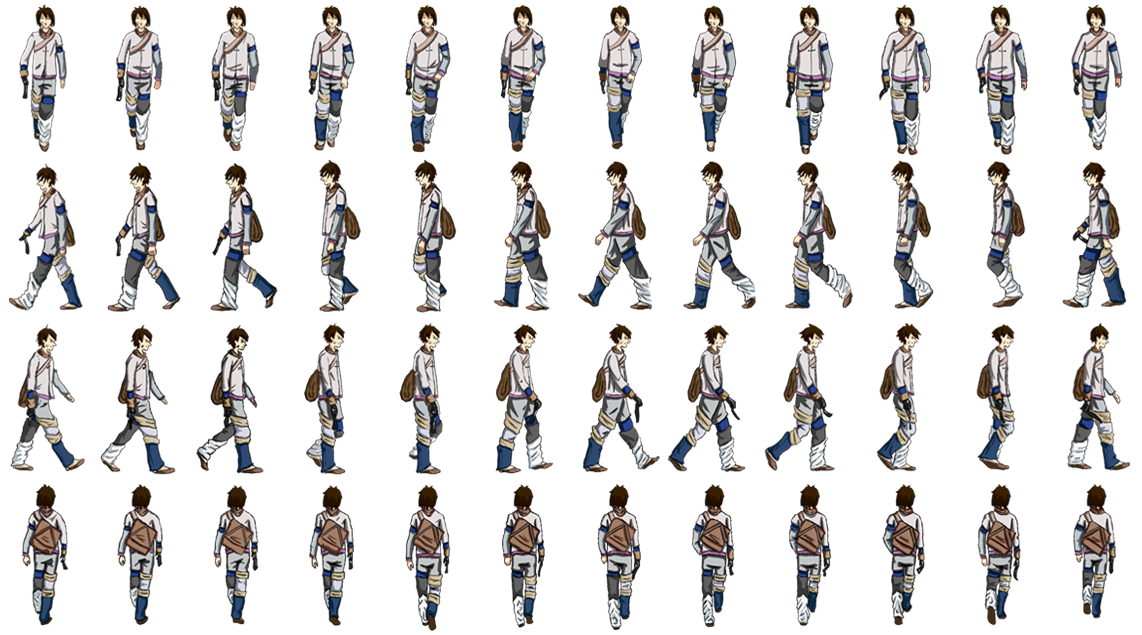 This encourages children to spend more time standing up.
This encourages children to spend more time standing up.
What to do at 9-10 months
Teach your child to stand without support. At least a couple of seconds. To do this, at a time when he is holding on to something, offer to take his favorite or new toy. This will force him to take his hands off the support.
A slightly more advanced exercise: help the child stand up and then give a plastic stick as a support. Carefully move the object - the baby will start to follow him. A stroller can also play the role of a wand: put it next to it during a walk, let it grab the frame and slowly move forward.
Heavy stable toys on wheels (toy lawn mowers, carts) will also be a good simulator: by pushing them in front of them, children learn to do step by step.
What to do at 10 months and older
At this age, many children can already walk. But often they are afraid of a large open space around. Make sure that the child has the opportunity to move “along the wall” - that is, in a maximum of a step or two, move from one support to another. This will create a sense of security.
This will create a sense of security.
An ordinary gymnastics hoop can be used to get children to go out into the open. Throw it on the child, giving him the opportunity to lean on his hands, and lead the hoop to the center of the room. The kid will follow the support.
But the experts advise to refuse popular walkers.
Firstly, these items reduce the desire of the child to learn to walk: really, why, because he already knows how to move in space in this convenient contraption? Secondly, walkers are simply unsafe. Thanks to them, children in a matter of seconds can be where they should not be. For example, in front of the stairs leading down or at the table, on the edge of which there is a cup of hot coffee. Adults simply do not have time to keep track of this.
When you realize that your child is already trying to walk, be sure to get on all fours and look around from the height of his eyes. Sharp corners, sockets, edges of tablecloths that you want to grab and drag down, an iron on an ironing board, and the like - all these dangers must be neutralized.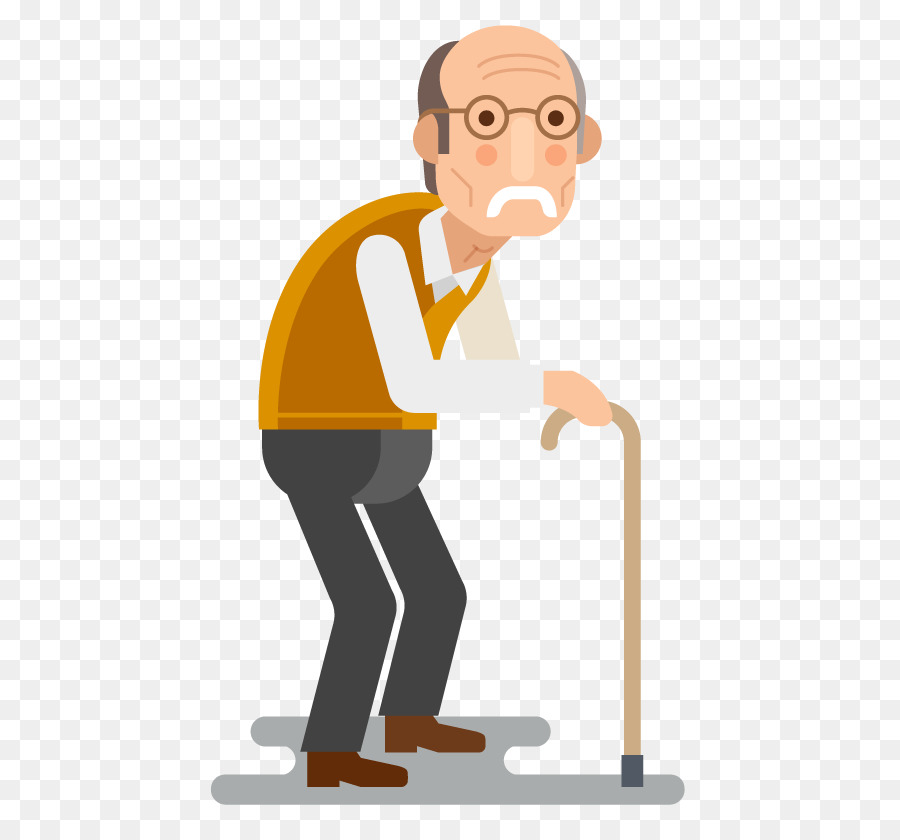
Read also 👶🌸
- How to teach a child to speak
- How to potty train a child
- How to put a child to bed without tantrums: 7 tips for parents
- How to calm down a child quickly
- How to raise a gifted child
Why do parents panic so much if the child does not start walking for a long time
“When did yours start walking?” is a fairly typical question that can be heard on the playground. But for parents whose children are still crawling a year old, it can be very painful. Brown University economics professor and author of two parenting books, Emily Oster, shares the stress she went through until her daughter started walking and why it was all for nothing.
It's just ridiculous and ridiculous how many expectations and conventions are formed around the birth of a child and his upbringing. But in the process of writing two books about this, I realized that there are things that are almost impossible to predict. People don't talk about them because they're sad, uncomfortable, or just plain weird. It seems to me that we should discuss them more often and, moreover, rely on facts to better understand them (I am an economist, I love facts).
People don't talk about them because they're sad, uncomfortable, or just plain weird. It seems to me that we should discuss them more often and, moreover, rely on facts to better understand them (I am an economist, I love facts).
Recognizing their importance will help reduce pressure on parents. After all, the facts either reflect the experience already gained by someone, even when the situation seems unique, or give us more options than it seems, how to act.
My friend Jane had a son three months after my daughter. Now they are both in the second grade, and you will hardly notice their age difference. But at the very beginning it was hard to believe in this. When Benjamin was born, Penelope already seemed like a giant. When he was a plump, soft six-week-old baby, she was already four and a half months old and was gradually turning into a real baby.
But then it was time for the first steps. Like any average child, Benjamin got up at the age of one and began to stagger around. But not Penelope. By the time he left, she was 15 months old and seemed to have no intention of doing anything like that. In some cases, it's easy to ignore your child's differences from most other children. But not in the case of walking, because it is so important, so noticeable. In addition, we constantly saw Benjamin, so it was difficult to avoid comparisons.
But not Penelope. By the time he left, she was 15 months old and seemed to have no intention of doing anything like that. In some cases, it's easy to ignore your child's differences from most other children. But not in the case of walking, because it is so important, so noticeable. In addition, we constantly saw Benjamin, so it was difficult to avoid comparisons.
On another visit to our down-to-earth and pragmatic pediatrician, Dr. Li, she told me not to worry that Penelope wasn't walking yet.
“If she doesn't go by 18 months, then we'll check. But don't worry! She can handle it.”
I couldn't share Dr. Li's relaxed confidence, I didn't have the breadth of her experience. So I tried to explain to Penelope how to walk; she paid no attention to it. I tried to somehow stimulate her, but it was also useless. You remember, she was just a child.
And one day, two weeks after the doctor's visit, Penelope went. As if it was not difficult for her. Perhaps due to the fact that she was older than the others, she hardly fell, but simply went from crawling to full walking in just a day or two.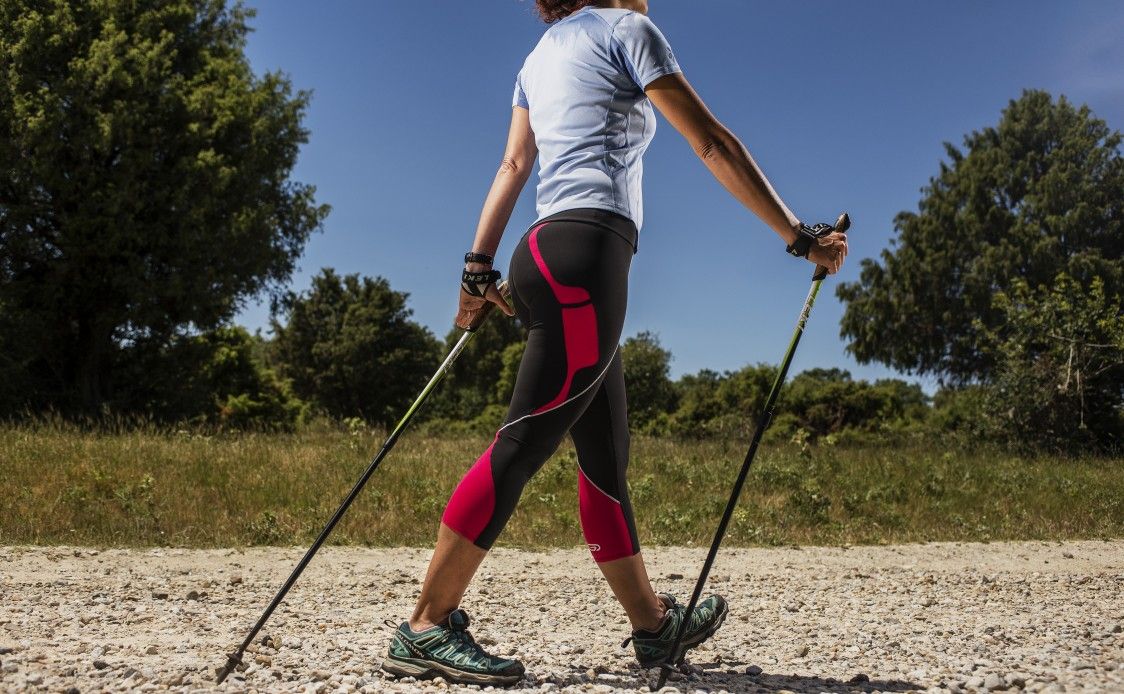 Soon I forgot my fear and moved on to other neuroses. (When you're a parent, there's excitement around every corner.)
Soon I forgot my fear and moved on to other neuroses. (When you're a parent, there's excitement around every corner.)
I don't think my experience is unique. Today, the main stages of physical development - sitting, crawling, walking, running - are given too much importance. Becoming a parent, you find yourself in a new and shocking world. These milestones seem like almost the only map of unfamiliar territory. Therefore, the inability to pass them on time, at the age that we read about, becomes a cause for unrest.
Part of the problem is that all the talk is centered on middle age, such as "most children start walking at one year old." This is true, but in doing so we miss the (perhaps surprising) fact that everything that is typical has very, very vague boundaries. To learn how to understand them, we must turn to data collected from healthy, normally developing children.
In particular, we can use the WHO data to find out not only the average age when children start walking (it really fluctuates around a year), but to take into account the entire possible spectrum.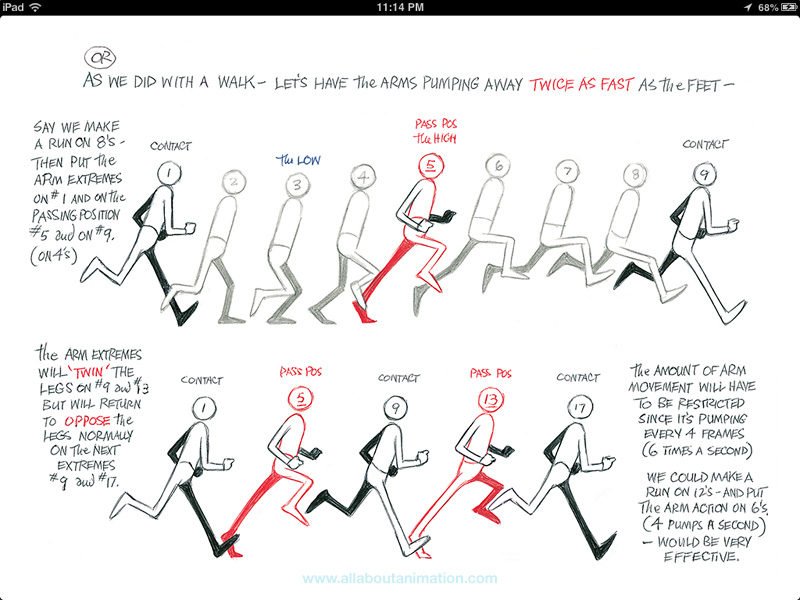 The age range is shown in the graph below. On it, we see that the earliest age is about 8 months, and the latest is about 18.
The age range is shown in the graph below. On it, we see that the earliest age is about 8 months, and the latest is about 18.
Consider how amazingly wide this range is! It simultaneously includes both eight-month-old and eighteen-month-old children, who radically differ in the level of development. In this case, both ages are considered normal for the first steps. This leads to the thought of how different children can already be at this stage and how we should see the stages of development - as a range.
Child development research provides other amazing facts about a wide range of milestones. Most of them are very comforting. For example, many children either never crawl at all, or do it in a very unusual way. I think a lot of pediatricians have answered parents' questions about why their child moves around the house like a worm.
This is generally encouraging, but many mothers and fathers still have the question: is it possible to predict something? If your child doesn't walk until 17 months, isn't he doomed to be the last in the sport in advance? In fact, there is very little evidence of the long-term impact of a child going later than others.


